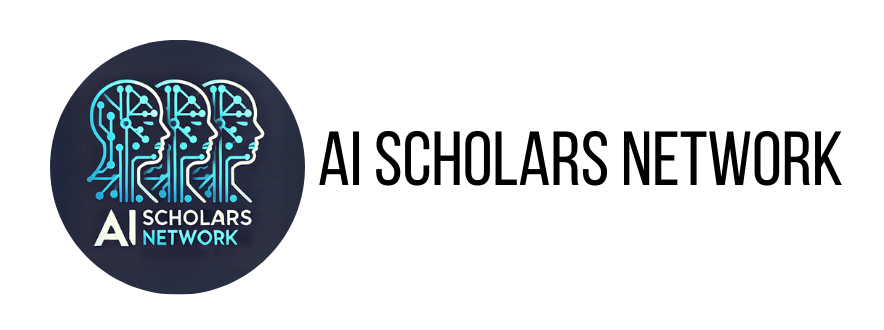Empowering Students to Use AI for Writing, Inquiry, and Math Practice
Why This Matters
AI isn’t just for teachers. It can also be a powerful tool for student learning—when used responsibly.
Students today are growing up in a world where AI tools are part of how people think, write, solve, and explore. That means it’s not enough to restrict AI—we need to teach students how to use it wisely.
But when and how? And what tools are safe?
This guide helps teachers get started—especially with under-13 learners—by using AI in ways that are age-appropriate, COPPA-compliant, and connected to real classroom learning.
For Students Under 13: Use Tools That Protect Privacy
Federal law (COPPA) limits how commercial platforms can collect data from users under age 13. That’s why it’s essential to use tools that are built with those protections in place.
✅ Khanmigo by Khan Academy
-
- Built on GPT-4, but wrapped in an education-first, student-safe interface
- Designed for students as young as 8–10 years old
- Offers tutoring in writing, math, science, and reading
- Provides Socratic-style prompts that guide rather than answer
🔍 Example: A student asks, “What is the water cycle?”
Khanmigo replies: “Great question! What do you think happens to water when the sun shines on a lake?”
✅ Taitor by AI Scholars Network
-
- Built on GPT 3.5 turbo, for K–8 learners. wrapped in an education-first, student-safe interface
- Designed with COPPA-compliant data protections
- Offers tutoring in writing, math, science, and reading
- Emphasizes growth mindset and encouragement over direct answers
🔍 Example: A 5th grader asks, “How do I start a story about a dragon?”
Taitor replies: “That sounds like a great story! Would you like a few opening ideas, or help describing your dragon first?”
For Students 13 and Older: Use ChatGPT with Consent and Guidance
Once students turn 13, they’re allowed to use OpenAI’s ChatGPT—but only with parental or school consent. When used properly, it becomes a powerful writing coach, thought partner, and math explainer.
✅ ChatGPT can help students:
- Brainstorm ideas and outlines
- Revise their own writing
- Solve multi-step math problems with step-by-step explanations
- Ask “curiosity questions” that lead to deeper research
🔍 Example: A student types, “Help me compare two viewpoints on renewable energy.”
ChatGPT might suggest:
“One viewpoint focuses on environmental impact. Another highlights the economic cost. Would you like an example of each?”
🛑 Important: Students need digital citizenship instruction to use ChatGPT ethically and responsibly (no copying, always cite, think critically).
Why This Is Powerful
When introduced properly, AI can help students:
- Write with more confidence
- Practice math independently
- Explore ideas beyond the textbook
- Learn to ask better questions and reflect on their thinking
“Students shouldn’t just use AI—they should learn to partner with it to think critically, solve creatively, and write with purpose.”
Try This Now:
- Introduce Khanmigo or Taitor for a writing warm-up or inquiry station
- Model how to use an AI chatbot as a thinking assistant—not an answer machine
- Set clear expectations: Use AI to learn more, not to do the work for you
